
How to Forage Your Own Seaweed, with a Little Kelp from Our Friends
Join us on a trip out into the ocean to learn how to sustainably harvest seaweed.
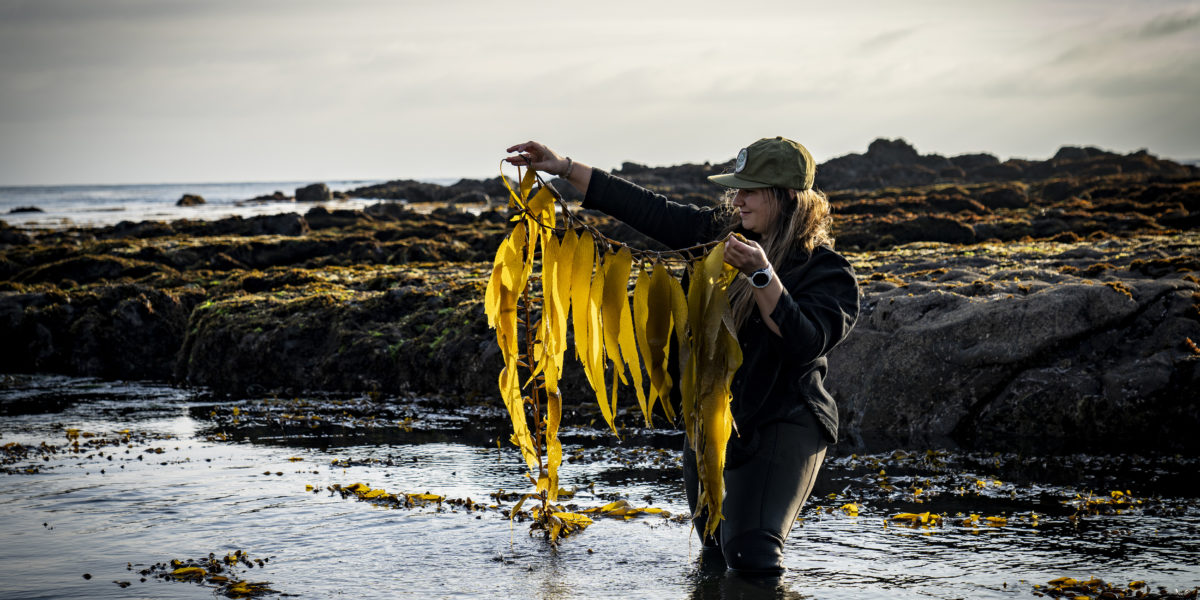
Thomas J. Story
It’s a long, winding walk down the dirt path that meanders across the coastal bluffs perched just outside the small California beach town of Cayucos. The waves lap at the sand and the sun begins to descend toward that infinite Pacific horizon as the women of local seaweed cooperative Kelpful make their way toward the ocean with scissors and mesh bags in hand.
Founder Melissa Hanson looks a bit like a mermaid, decked out in scaly, tail-like leggings, but she wades into the salty water on two feet. Carefully, delicately, she pulls pieces of sea lettuce and feather boa into the air, demonstrating how to make a clean cut while still leaving enough to regrow in the water. We’re encouraged to take small nibbles of the dripping wet pieces, pepper dulse tasting totally different from nori.
Hanson’s determined group of aquatic advocates leads classes that teach fellow kelp lovers how to responsibly forage. “If we change how we eat,” the founder says, “it can have a domino effect.”
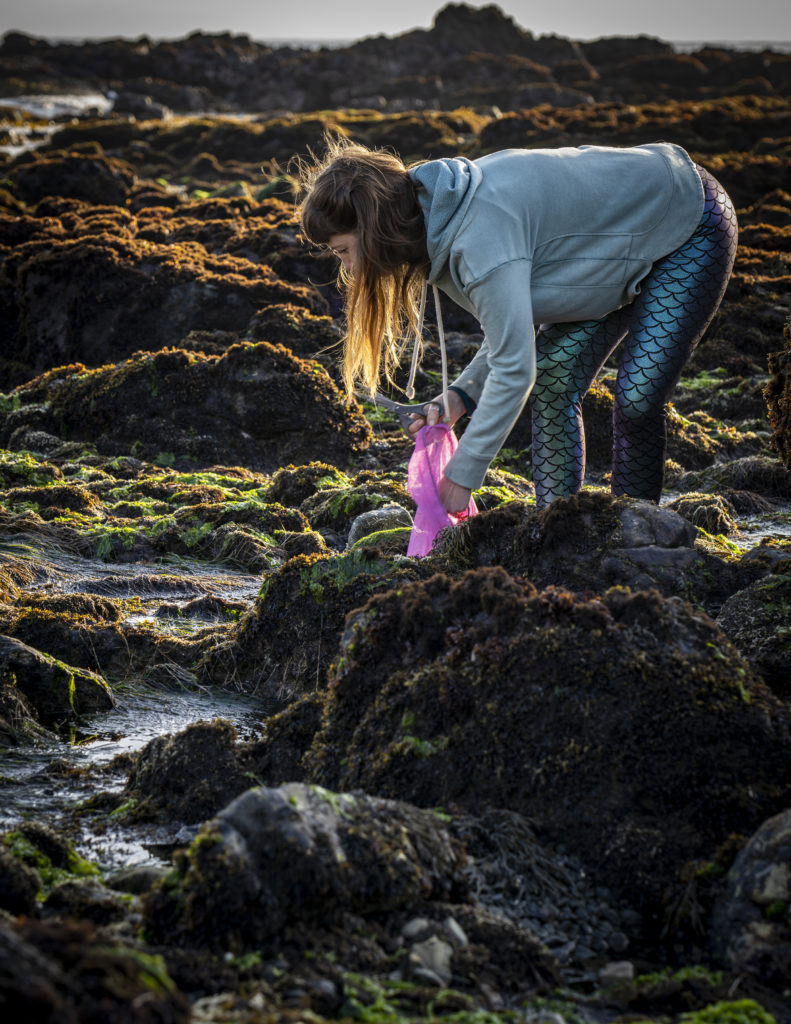
Thomas J. Story
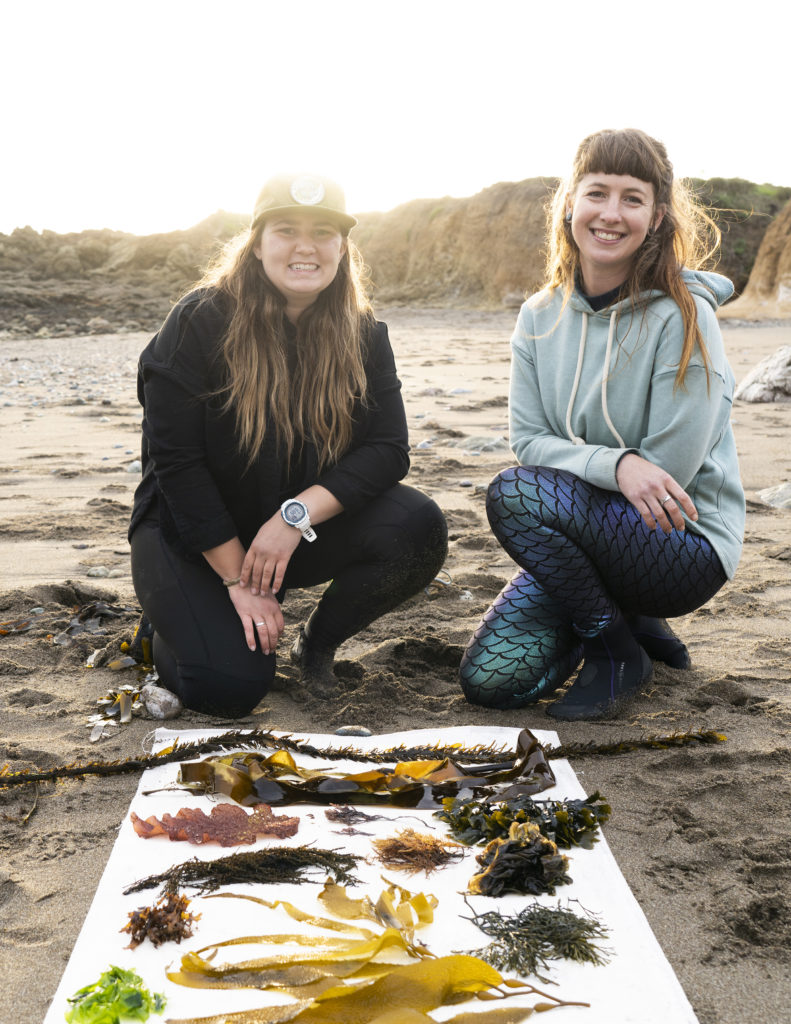
Thomas J. Story
For Hanson, the daughter of an oceanographer, there’s major potential to create a sustainable, domestic seaweed culture instead of largely relying on imports from the $6 billion global industry. She’s starting with small-scale wild harvesting to build a local market and plans to launch a land-based seawater facility at a former abalone farm in Cayucos this year. Ultimately, Hanson wants to create an open-ocean seaweed farm—where kelp is settled on underwater lines—and she’s not alone. This is the fastest growing aquaculture sector in the United States, according to the National Oceanic and Atmospheric Administration.
That’s for good reason. Kelp holds the innate ability to sequester (and utilize) carbon, meaning it can catalyze climate resilience “as well as job creation” and access to “low-cost accessible medicinal foods,” Hanson explains. In fact, California alone could neutralize carbon emissions from its agricultural industry if just 3.8% of its coastal waters were converted into seaweed farms, according to a recent study by University of California, Santa Barbara assistant professor Dr. Halley E. Froehlich.
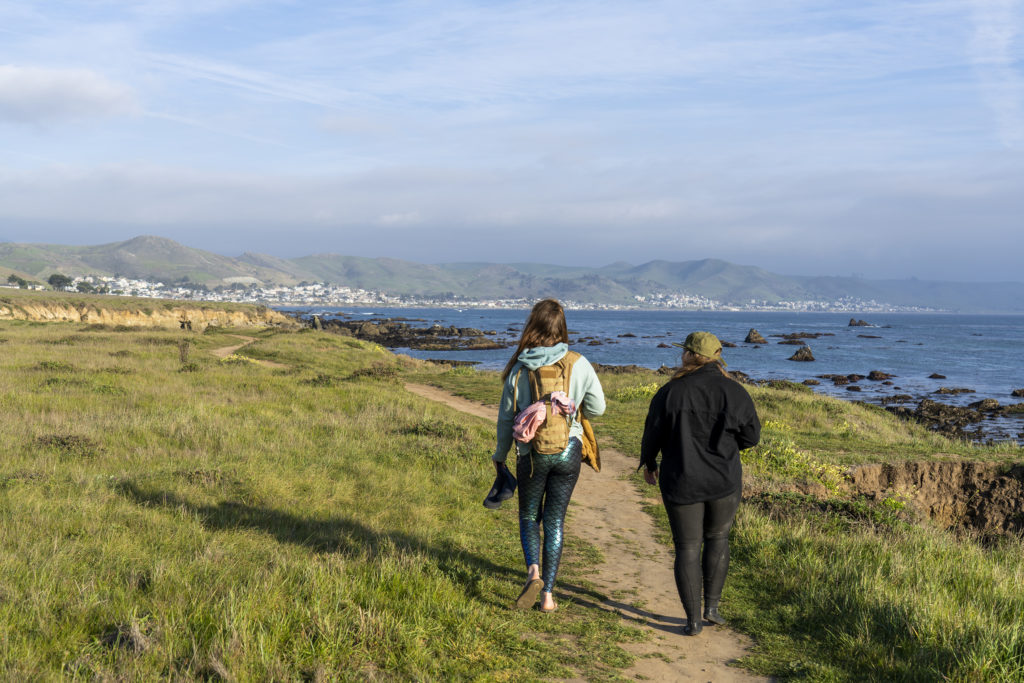
Thomas J. Story
Here, we head out with the women of Kelpful to understand the nuances of responsible seaweed foraging, and take in the beauty that is the coastline of the West.
How To Forage Responsibly
You’ve seen it wrapped around sushi, but did you know you can walk right into the ocean and pick your own seaweed? OK, it’s not exactly that simple—and rules can change depending on where you live. But if you learn the ins and outs, you can forage your own kelp. Here’s how to do it mindfully, with tips from the Kelpful team.
- Take a pair of shears or scissors to hand-cut each piece. Never rip seaweed.
- Hold fast to the seaweed with a good grip to make a clean cut.
- Make a cut that leaves a few inches of the seaweed in the water (particularly the base, which is called a cold-fast), so it can continue to regrow.
- “This is a food source, not a grocery store,” says Kelpful founder Melisa Hanson. Always remember that you’re in a sensitive, fragile ecosystem. Take only what you need and can reasonably use in an appropriate amount of time.
- If you can’t leave the spot without it looking untouched, don’t harvest any seaweed. Forage based on the environment’s needs, not your own
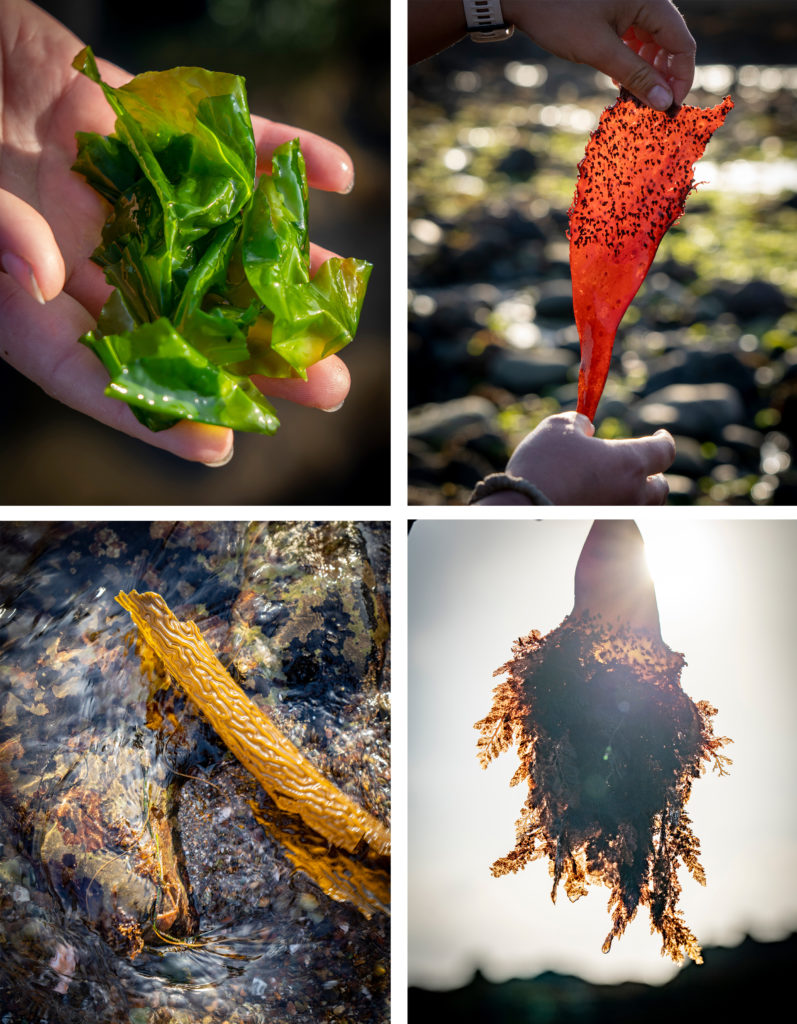
Thomas J. Story
Read the Current Issue Here!
Get one year of Sunset—and all kinds of bonuses—for just $24.95. Subscribe now!
